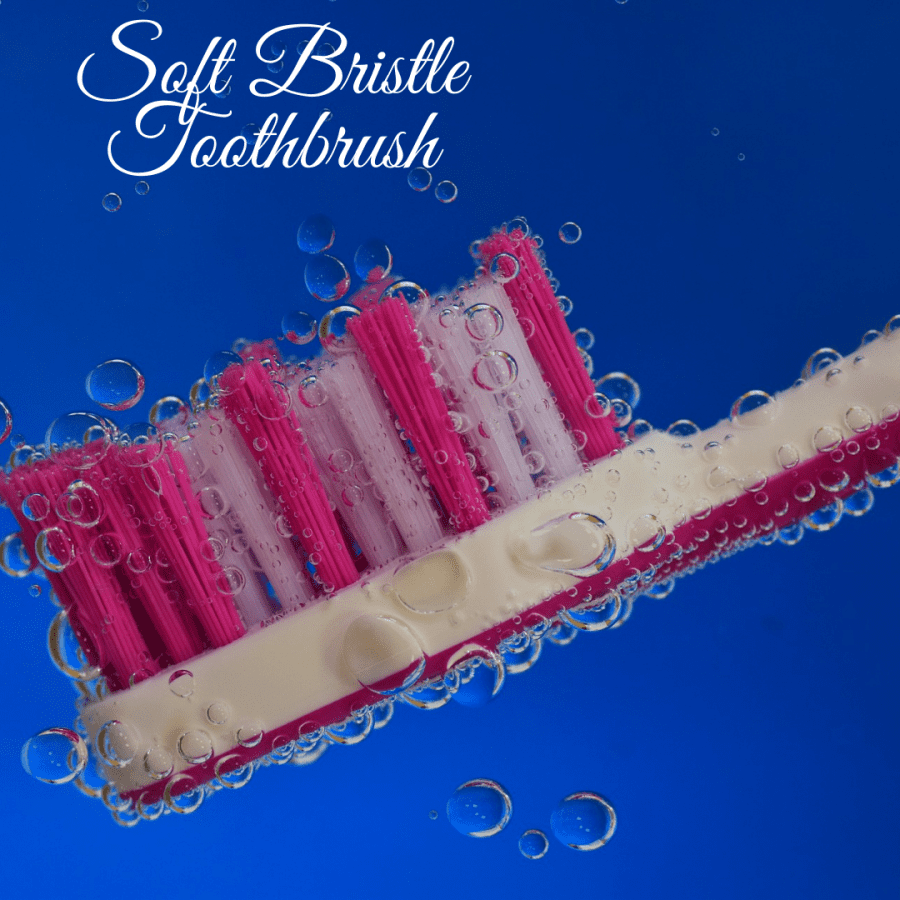Surgical Extraction: Expert Care For Tooth Removal
The decision to undergo surgical extraction, also known as tooth removal, is often a complex one, influenced by a variety of factors including the condition of the tooth, the overall health of the patient, and the potential impact on surrounding teeth and tissues. This procedure, while sometimes perceived as a last resort, is a common and necessary intervention in many dental care scenarios, ensuring the elimination of sources of pain, infection, and further dental complications.
Understanding the Necessity of Surgical Extraction
Surgical extraction becomes necessary for several reasons, primary among which is the irreversible damage to a tooth,-making it non-restorable. This damage can stem from deep cavities, severe gum disease, or traumatic injury. In such cases, the removal of the tooth is crucial to prevent the spread of infection, alleviate pain, and maintain the integrity of the dental structure. Additionally, surgical extraction may be required in orthodontic treatment plans to create space for proper tooth alignment or in cases where wisdom teeth are impacted, causing discomfort and potentially leading to more serious health issues.
Pre-Surgical Considerations
Before undergoing surgical extraction, a thorough evaluation by a dental professional is essential. This assessment includes a detailed review of the patient’s medical and dental history, current health status, and medications. Radiographic images, such as X-rays or CT scans, are taken to understand the anatomy of the tooth and surrounding bone, which helps in planning the surgical approach. Patients are also advised on pre-operative instructions, which may include fasting, arranging for post-operative care, and avoiding certain medications that could interfere with the procedure or recovery.
The Surgical Extraction Procedure
The surgical extraction procedure itself is typically performed under local anesthesia to minimize discomfort. In more complex cases or for anxious patients, sedation dentistry may be an option. The procedure involves several steps:
- Incision and Access: The dentist makes a small incision in the gum to access the tooth. This is usually necessary for impacted teeth or those with complex root structures.
- Sectioning the Tooth: If the tooth is large, it may be sectioned into smaller pieces to facilitate easier removal and minimize trauma to the surrounding bone and tissue.
- Elevation and Removal: Specialized instruments called elevators are used to gently loosen the tooth from its socket. Once sufficiently loosened, the tooth is carefully removed.
- Wound Closure: After the tooth is removed, the dentist may close the socket with stitches to promote healing and protect the area from food particles and bacteria.
Post-Surgical Care and Recovery
The recovery period following surgical extraction is crucial for healing and minimizing the risk of complications. Patients are advised to follow a soft diet for a few days, avoid smoking and strenuous activities, and manage pain with prescribed medications. It’s also important to keep the extraction site clean by rinsing with warm salt water and following any specific oral hygiene instructions provided by the dentist. Regular follow-up appointments are necessary to monitor the healing progress and remove any sutures if they were placed.
Complications and Risks
While surgical extraction is a safe procedure when performed by a qualified dental professional, there are potential complications and risks to be aware of. These can include dry socket, infection, damage to surrounding teeth or sinuses, and prolonged bleeding. It’s essential for patients to report any unusual symptoms or concerns to their dentist promptly, as early intervention can significantly impact the outcome and prevent more serious issues.
Future Trends in Surgical Extraction
The field of dental surgery is continually evolving, with advancements in technology and techniques aiming to make surgical extraction more efficient, less invasive, and more comfortable for patients. The use of laser technology and piezoelectric surgery, for instance, offers the potential for more precise incisions and reduced healing times. Additionally, the development of biomaterials for bone grafting and tissue regeneration holds promise for improving the outcomes of surgical extractions, particularly in cases requiring subsequent dental implant placement.
Conclusion
Surgical extraction, while a significant dental procedure, is a vital intervention that can greatly improve oral health and quality of life when performed under the right circumstances and by a skilled dental professional. By understanding the reasons behind tooth removal, the steps involved in the procedure, and the importance of pre and post-operative care, patients can approach this process with confidence and achieve the best possible outcomes.
What are the common reasons for surgical tooth extraction?
+The common reasons include irreversible damage to the tooth due to decay, infection, or trauma, impacted teeth, especially wisdom teeth that cause discomfort or lead to complications, and in preparation for orthodontic treatment to create necessary space for proper tooth alignment.
How long does it take to recover from a surgical tooth extraction?
+Recovery time can vary depending on the complexity of the procedure and the individual's health. Generally, patients can expect to return to normal activities within a few days, but it may take several weeks for the gum tissue to fully heal and for any swelling or bruising to resolve.
Are there any alternatives to surgical tooth extraction?
+Alternatives depend on the condition of the tooth. For teeth that are damaged but not beyond repair, options like root canal therapy or dental crowns may be considered. However, in cases where the tooth is severely damaged or infected, surgical extraction may be the only viable option to prevent further complications.
Expert care in surgical extraction involves not just the technical proficiency of the dental professional but also a deep understanding of the patient’s specific needs, fears, and expectations. By combining cutting-edge dental techniques with compassionate care, patients can navigate the process of tooth removal with confidence, paving the way for improved oral health and enhanced quality of life.


